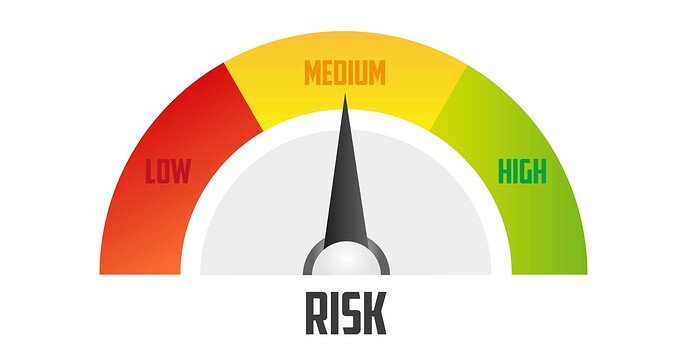Customer due diligence is an important part of your anti-money laundering (AML) process.
If you’re unsure what they are, Customer Due Diligence checks aim to prevent financial crime that could arise from doing business with certain customers based on pre-determined risk factors.
What is Customer Due Diligence?
Customer Due Diligence (CDD) allows you to assess the money laundering risks associated with doing business with a certain client. At the heart of it, if you can understand the client and the reasons behind the instructions they give you, you’re better able to assess the threat they pose.
To better know your customer as part of these checks, you need to be able to analyse information about them from different sources, including sanctions lists and public and private sources.
Typically, the lower risk you consider your customer to be, the more basic the checks can be, however, if they are high-risk, you need to carry out additional checks.
This process is known as a Risk-Based Approach.
Typically, all approaches will involve the following regardless of whether they’re low-risk or not:
-
Information about the customer’s identity, such as their name, address and a copy of their official identity document
-
An overview of their activities and the markets they operate in
-
An overview of other entities they do business with
Why is it important to do Customer Due Diligence?
As a business, you need to ensure your customers are not involved in illegal activity, and that they are who they say they are.
If you fail to carry out robust Customer Due Diligence checks, you could open your business to significant fines and reputational damage from being used for financial crimes. Additionally, you could face imprisonment as the business’s owner for allowing financial crimes to take place.
What’s the difference between Customer Due Diligence and Know Your Customer?
There is one key difference between Know Your Customer (KYC) and CDD.
KYC checks only focus on screening potential customers before you enter a business relationship with them, whereas CDD checks are ongoing throughout your business relationship.
How can you implement a Risk-Based Approach?
After capturing the customer’s details, you need to decide whether you can work with them based on the information provided.
To do this, you can implement a scoring system such as “low risk” or “high risk”, or a traffic light system which can determine the level of risk posed by the customer.
Based on this risk level, you can decide whether you need to decline the customer, accept the customer, or need to carry out further checks on them.
However, there is no right or wrong way that you should implement a Risk-Based Approach and it should be down to what works for your business


